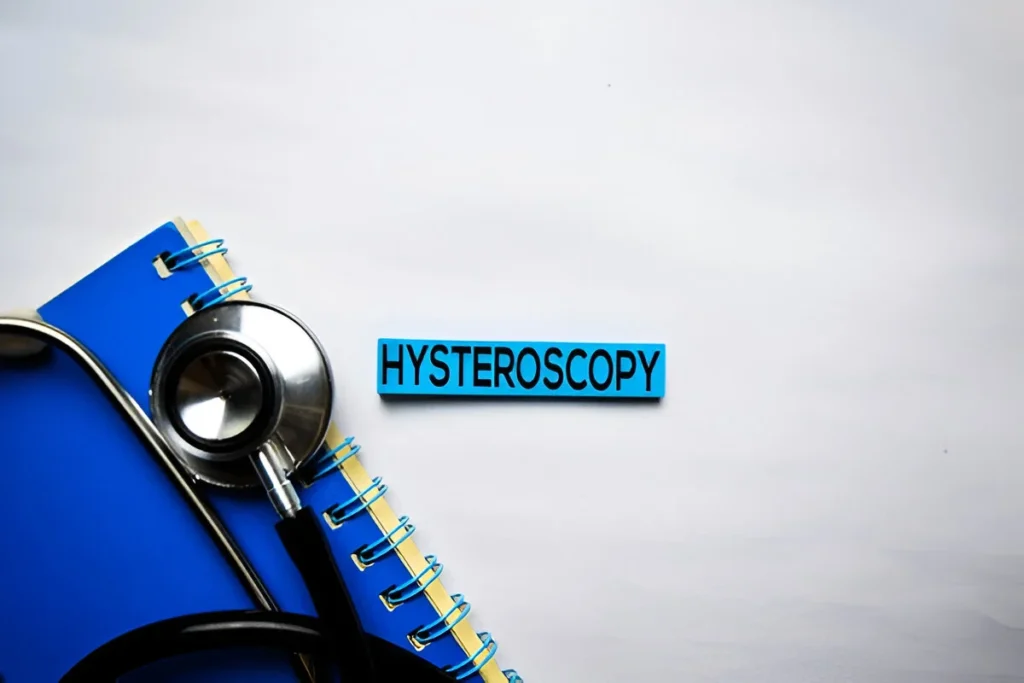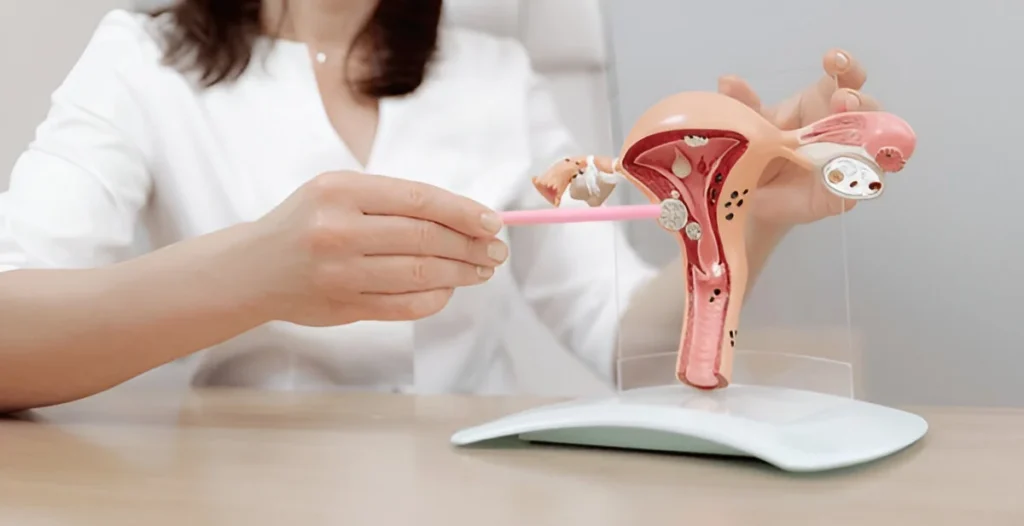-
Ganesh Talkies, Kolkata
Ganesh Talkies, Kolkata

Hysteroscopy procedure is often needed for unexplained symptoms. Learn the early signs and when to consult a reputed gynecologist.
Have you been experiencing unusual bleeding, chronic pelvic pain, or other unexplained gynecological symptoms? While these signs might seem manageable at first, they can sometimes point toward underlying uterine conditions that need a closer look. One of the most accurate and minimally invasive ways to investigate such concerns is a hysteroscopy procedure.
Though the name might sound intimidating, this diagnostic and therapeutic tool has transformed how women’s health issues are understood and treated—without the need for major surgery. In this article, we’ll explore when you should consider a hysteroscopy, what symptoms to watch for, and how early detection can bring long-term health benefits.

A hysteroscopy procedure is a diagnostic method used by gynecologists to view the inside of the uterus. It involves inserting a thin, lighted tube called a hysteroscope through the vagina and cervix into the uterus. This gives the doctor a clear and real-time view of the uterine cavity, helping identify and treat various conditions, often in the same session.
The procedure can be either:
It’s typically done as an outpatient procedure, meaning no overnight hospital stay is required, and recovery is quick.
Women often ignore minor discomforts or irregularities, brushing them off as normal hormonal shifts. However, conditions like uterine polyps, fibroids, or endometrial abnormalities can worsen over time if not addressed. A hysteroscopy can detect such issues early, allowing timely intervention and often avoiding more invasive treatments later.
It’s essential to know when your body is signaling that something might be wrong. Here are common signs that may indicate the need for a hysteroscopy:
If your periods are unusually heavy or last much longer than usual, it might be due to fibroids, polyps, or hormonal imbalance—all of which can be evaluated via hysteroscopy.
Unexpected bleeding between periods could be a red flag for endometrial polyps or even precancerous changes.
Any bleeding after menopause should be evaluated promptly. A hysteroscopy helps examine the uterine lining for any abnormal growths or changes.
Ongoing or unexplained pelvic discomfort can stem from intrauterine issues like adhesions (Asherman’s syndrome) or fibroids.
Infertility can sometimes be linked to uterine abnormalities. A hysteroscopy can help detect and even treat these problems.
Women experiencing repeated pregnancy loss may have undiagnosed uterine defects—hysteroscopy allows direct visualization and correction in some cases.

Here’s a simple overview of what to expect:
If you’re experiencing any of the signs mentioned above, it’s best not to delay seeking expert advice. The earlier a concern is evaluated, the simpler and more effective the treatment. Consulting the best lady gynecologist in Kolkata ensures a comprehensive evaluation, where options like hysteroscopy are recommended only when truly necessary.
A compassionate and experienced specialist will:
You deserve a practitioner who values precision and personalized care.
Choosing a hysteroscopy comes with several advantages over more invasive methods like open surgery:
It also allows certain treatments—like polyp or fibroid removal—to be performed immediately if needed, reducing the need for multiple procedures.
Although it’s a safe procedure, it may not be suitable for everyone. You may be advised against a hysteroscopy if you:
A detailed consultation with a gynecologist will determine if hysteroscopy is the right step for you.
Let’s bust a few common myths:
Myth: Hysteroscopy is painful and always requires anesthesia.
Fact: It’s often done with minimal discomfort and doesn’t always need anesthesia.
Myth: It’s only for older women.
Fact: It’s helpful for women of all reproductive ages, especially those facing fertility challenges or abnormal bleeding.
Myth: It always leads to surgery.
Fact: Many cases are diagnostic only and help rule out the need for surgery.

Q1. Is hysteroscopy safe?
Yes, it’s considered a very safe procedure with minimal risks when done by experienced specialists.
Q2. Will I feel pain during the procedure?
Some women feel mild cramping, but discomfort is generally low. Pain management options are available if needed.
Q3. How soon will I get results?
Visual findings are immediate. If a biopsy is taken, results may take a few days.
Q4. Can I return to work the next day?
Yes, most women resume normal activities within 24 hours.
Q5. Does it affect fertility?
It may actually improve fertility if it helps correct uterine abnormalities like polyps or adhesions.
A hysteroscopy procedure is a powerful tool in modern gynecology—safe, efficient, and often life-changing. If you’re experiencing abnormal bleeding, pelvic discomfort, or fertility challenges, don’t ignore the signs. What might seem like a minor issue today can evolve into something more serious if left unchecked.
Listening to your body is the first step toward healing. Getting evaluated by an experienced gynecologist ensures you receive care that is accurate, respectful, and aligned with your long-term well-being.
In today’s world, being proactive about your reproductive health is not just a choice—it’s a strength.